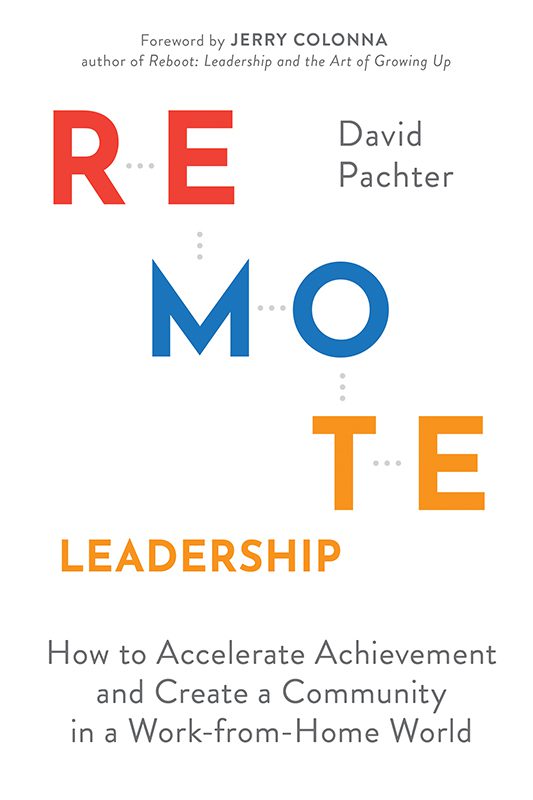Products You May Like
 Recently, I learned about two very different approaches to managing work-life balance in a work-from-home (WFH) reality. One was by giant German conglomerate Siemens, which has about 380,000 employees. Their philosophy on gauging individual success and effectiveness in WFH is based entirely on outcomes. They don’t care how you get the results, just that you get them.
Recently, I learned about two very different approaches to managing work-life balance in a work-from-home (WFH) reality. One was by giant German conglomerate Siemens, which has about 380,000 employees. Their philosophy on gauging individual success and effectiveness in WFH is based entirely on outcomes. They don’t care how you get the results, just that you get them.
In a statement about letting employees work two to three days a week from wherever they wanted, CEO Roland Busch dropped this gem: “The basis for this forward-looking working model is further development [of ] our corporate culture. These changes will also be associated with a different leadership style that focuses on outcomes rather than on time spent at the office. We trust our employees and empower them to shape their work themselves to achieve the best possible results. With the new way of working, we’re motivating our employees while improving the company’s performance capabilities and sharpening Siemens’ profile as a flexible and attractive employer.”
The bombshell word there is “trust.” This is one of the world’s largest corporations, and it’s investing complete faith in its far-flung workforce. Impressive. Writer Justin Bariso calls the policy “a master class in emotional intelligence.”
Contrast that with a terrible approach put forth by a tracking software company called Prodoscore. This firm uses artificial intelligence to assess WFH employees based on the amount of time they spend clicking links and opening software apps—effectively, rewarding people for busy work, not results. Worse, they turn that data into a “productivity score” that’s not only sent to each employee every morning, but that is compared with every other employee’s score in a sort of remote, easily gamed survival-of-the-fittest scheme. It’s a punitive, insulting system overflowing with negative energy.
As you make the inevitable future transition into some form of WFH, your success or failure will hinge on your leadership team’s ability to adapt to the changing demands, the policies and systems you put in place, and the kind of culture you support. Navigating that transition without sacrificing profits, people, or peace of mind means getting out of your own way, and that comes down to your answers to four questions:
1. First, was the move to WFH intentional (at least in part), or was it a reaction to events out of your control?
This matters because how you frame the move is critical. Change is always unnerving even under the best of circumstances, so your employees not only need to know what’s happening and why, but also that you’re on top of it. If the move to WFH is a strategic, planned choice, then be clear about why, what the consequences may be, and what options your employees will have. If the move is a response to external events, as it was with Covid, then the last thing you want to do is convey panic. Instead, be clear and open, but let your people know that you are adapting and formulating plans in real time to address the situation. You can even take a page out of Siemens’ book and invite your people to offer their ideas and help with the transition, investing them with greater trust and strengthening your bond.
2. Does your existing culture enable or obstruct WFH success?
Is that culture built around openness, accountability, autonomy and learning—or authoritarian problem-solving? If it’s the second one, accept the need for some radical changes or you will be very sorry. We were fortunate at JumpCrew that we already had baked the foundational principles of our company before the world fell apart. Because our culture was already built on intention and committed to encouraging authenticity, transparency, mutual respect, and shared values, it was relatively easy to port it from a F2F world to a WFH one using technology.
3. Are your communication tools, technology stack, and best practices defined and in place?
Not everything is about hearts and minds. Some things are about if Aziz in marketing has the right software to review mockups online, or if Lenicia in customer support has fast enough Wi-Fi. As soon as you know you’re going remote, three of your first tasks should be:
• Determining the essentials your people must have in order to carry out company business productively and professionally from home;
• Doing a complete tech inventory of every employee to determine what they have and what they need; and
• Communicating and demonstrating the new expectations for frequency and depth of communications.
4. Finally, do your employees have sufficient support in getting set up and dealing with the new environment?
Are you checking in with them multiple times to make sure they have what they need in terms of IT, office furniture, and so on? Are you getting a read on how they’re handling the isolation and lack of work-home guardrails? Are you expecting them to be up and running in a week, or are you giving some of them a long leash so they can adapt?
There’s a fifth factor here—and it’s you. How will you adapt to the change, voluntary or not? Leaders face many potential challenges in the move to WFH: fear, difficulty adapting their leadership style, problems holding people accountable, questionable communication skills, and a reluctance to fire people who can’t make the leap. Everything runs downstream from leadership, so if WFH in any form is going to work, it has to begin with the people in the C-suite, senior executives and departmental managers.
Stay tuned for part 2, “Leadership Approaches That Work For Work-From-Home.”
 Excerpted with permission from REMOTE LEADERSHIP (Amplify Publishing, Sept. 2021), now available from Amazon, Barnes & Noble, and Amplify Publishing. The debut book by David Pachter is an in-depth look at what it means to be a leader at a time when this conventional role is being challenged, and how to transform an organization into a stronger and more impactful community.
Excerpted with permission from REMOTE LEADERSHIP (Amplify Publishing, Sept. 2021), now available from Amazon, Barnes & Noble, and Amplify Publishing. The debut book by David Pachter is an in-depth look at what it means to be a leader at a time when this conventional role is being challenged, and how to transform an organization into a stronger and more impactful community.
